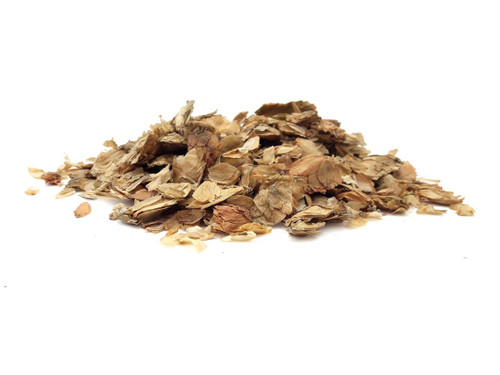Comfrey (Symphytum officinale) is an herb that has been used for centuries in traditional medicine for its potential health benefits. However, it's essential to note that the use of comfrey has raised some safety concerns due to its content of pyrrolizidine alkaloids, which can be toxic to the liver when consumed in excessive amounts. As a result, the internal use of comfrey is generally discouraged, and its external use should be approached with caution. Here are some potential benefits and uses associated with comfrey:
-
Topical Use for Wound Healing: Comfrey has a long history of use in topical preparations for wound healing and skin conditions. It contains allantoin, a compound that may promote cell proliferation and tissue regeneration. Comfrey ointments or creams are sometimes applied to minor cuts, bruises, and skin irritations.
-
Joint and Muscle Support: Comfrey has been traditionally used topically to relieve symptoms associated with joint and muscle conditions such as arthritis, sprains, and strains. The herb's anti-inflammatory properties may help reduce pain and inflammation when applied to the affected area.
-
Skin Conditions: Comfrey has been used to address various skin conditions, including eczema and dermatitis. Its soothing properties may help alleviate itching and promote skin healing.
-
Bone Health: In traditional medicine, comfrey has been associated with supporting bone health. Some believe that its use may help in healing fractures and strengthening bones. However, more research is needed to establish these claims.
-
Anti-inflammatory Properties: Comfrey contains compounds with potential anti-inflammatory effects, which may contribute to its ability to reduce inflammation and swelling when applied topically.








